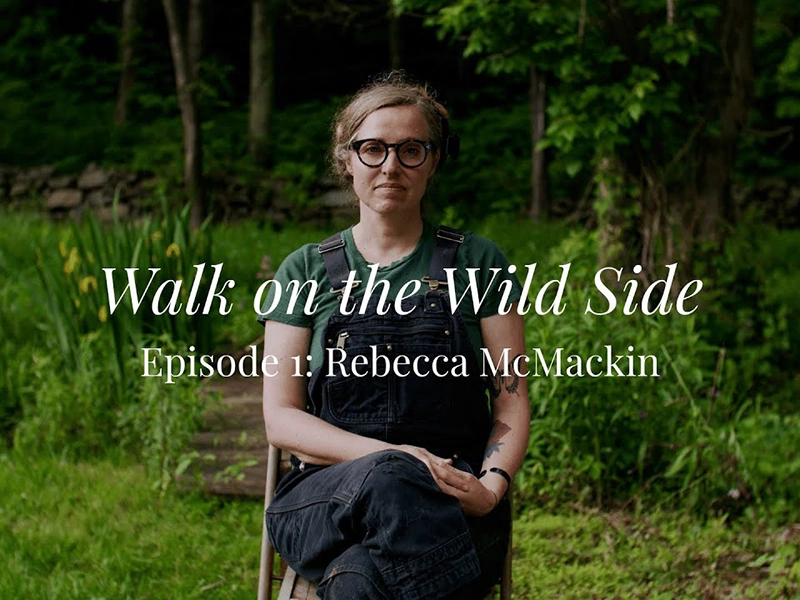Enhanced Learning Environment
Trees create a serene and aesthetically pleasing environment, reducing stress and anxiety among students, which can improve focus and academic performance.
Hands-On Educational Opportunities
Trees serve as living laboratories where students can learn about biology, ecology, and environmental science through hands-on experiences teaching students about sustainability and environmental stewardship.
Improved Physical Health
Trees improve air quality by filtering pollutants, reducing the incidence of respiratory problems and other health issues. They also provide shade, making outdoor spaces safer and more comfortable for physical activities, encouraging active lifestyles.
Social and Emotional Benefits
Green spaces with trees enhance social interactions and provide a calming atmosphere that supports mental health. These areas can be used for outdoor classes promoting a sense of community and well-being.
 Environmental and Economic Value
Environmental and Economic Value
Trees contribute to sustainability by reducing soil erosion, conserving water, and providing habitat for wildlife. They also lower energy costs by providing shade in the summer and windbreaks in the winter, making them a cost-effective investment.
Aesthetic and Community Benefits
Well-maintained trees make school grounds more attractive, boosting school pride and fostering a positive community image.
Trees are a valuable asset for schools, offering many benefits that enhance the learning environment, promote health, and provide economic and environmental advantages. Investing in planting more trees creates a vibrant, healthy, and sustainable future for students and the community for many years to come.





